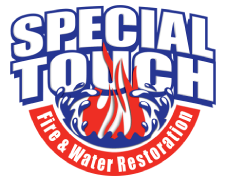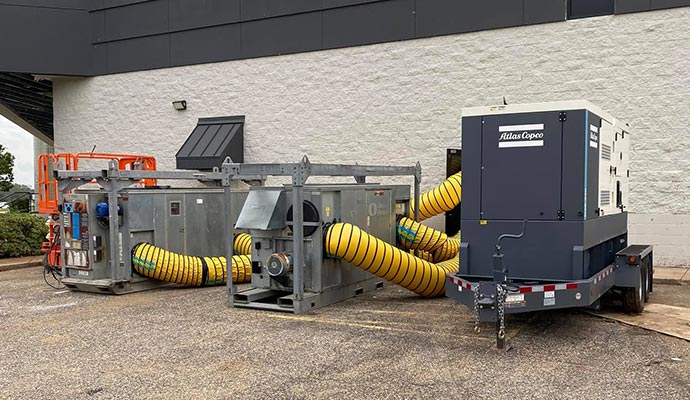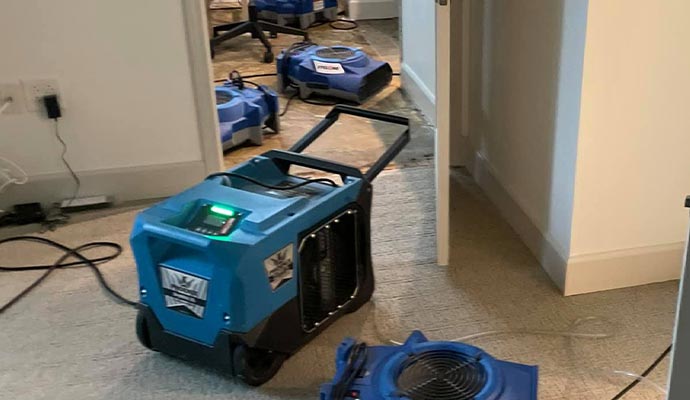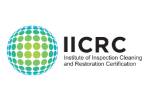Water Damage Restoration in Huntsville & Albertville
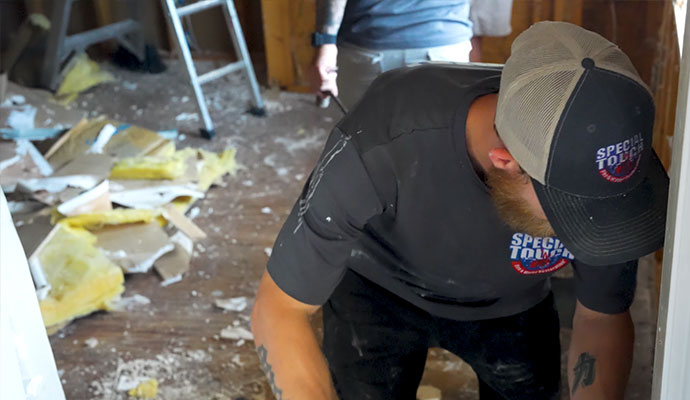
Imagine having water damage restoration services performed at your property and, a few days later, discovering mold growth. That would NOT be a pleasant situation. Yet this happens far too often with companies that miss critical elements when it comes to complete and effective drying as part of the restoration process.
However, that will not be the case with Special Touch Restoration. Our certified water damage technicians dive deep into the building’s structure and measure moisture at the insulation, stud, and sill plate levels while performing water extraction and top-notch water damage restoration services at your property in Huntsville, Albertville, and other Alabama cities that we serve. Throughout the restoration process, we will consistently monitor the moisture content, temperatures, and relative humidity to prevent mold.
256-908-8484 Contact Us Today!Our Water Removal & Effective Drying Process in Alabama
At Special Touch Restoration, we use a water outtailor process to remove water completely from the area. This revolutionary drying process was granted a patent in 2003, invented by Charles Cressy, the President of Water Out Drying Corp.
Outside air is drawn into a Water Out trailer and conditioned to extremely dry air. This super dry air then circulated through the flooded building to absorb moisture. With this faster drying process likelihood of mold growth is greatly reduced with rapid drying.
A single Water Out trailer will remove 100 pounds of water per hour. Over four thousand buildings of every size and construction have been dried using Water Out equipment. By following these steps, we can guarantee you the best water damage restoration services available in Huntsville or Albertville.
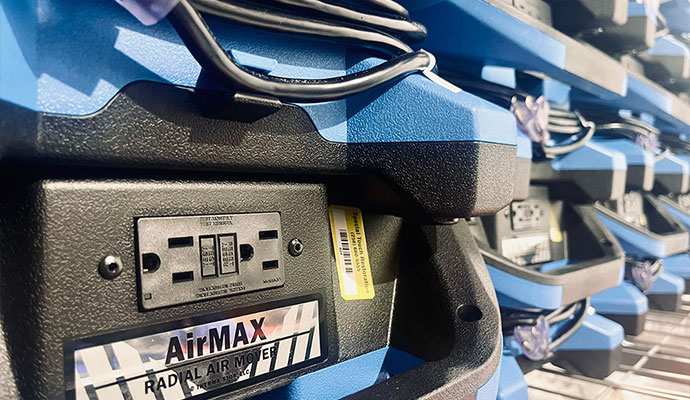
Benefits of Our Professional Restoration in Huntsville, AL
- Faster Drying: Water Out drying process works faster than dehumidifiers. The rapid drying process minimizes the risk of mold growth.
- Lower Energy Consumption: It uses a fraction of the electricity unlike refrigerants or desiccant dehumidifier methods. It requires 115 volts at 9-14 amps, about the power consumption of a typical household appliance.
- Fresh Air Drying: A super-dry air (2% RH, relative humidity) is circulated through a flooded building and then exhausted to the outside. This “open drying” concept leaves a clean, dry building in only a few days.
- Quiet Operation: Unlike other traditional methods this process is quiet. It's inaudible from more than twenty feet. This will minimize disruption during the restoration process.
Why Does Your Water-Damaged Property Need Special Attention?
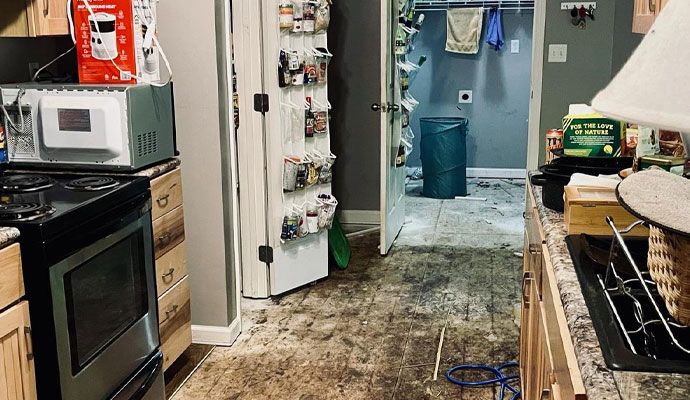
Water damage can lead to many issues that require professional attention, including:
- Structural Damage: Water can weaken the structure of your building or property when left unaddressed.
- Mold Growth: Standing water can lead to mold growth within 24-48 hours. Mold leads to structural damage.
- Electrical Hazard: When water comes into contact with electrical outlets, a person could be electrocuted.
- Damage to Belongings: Water can permanently damage furniture, draperies, artwork, documents, electronics, and more.
- Health Risk: Water-damaged property degrades the indoor air quality and worsens respiratory diseases.
- Decrease Property Value: Warping, buckling, stains, and other evidence of water damage will lower your property value.
Inspect Your Water-Damaged Property in Alabama with Special Touch
Inspect your place with Special Touch Restoration after any water or flood damage. Even if you don't suspect any water damage rely on us for a professional inspection if you have experienced a water disaster recently.
Just because there aren’t any visible signs of water damage doesn’t mean that the building is completely dry. Attics and basements are especially tricky when it comes to detecting and locating hidden moisture, and if the conditions allow it, mold could easily take hold and grow in these areas.
That is why it is vital to contact water damage experts who will inspect the area while addressing the issues. We will properly utilize ALL ASPECTS of water damage restoration to properly dry your property and make sure there is no secondary damage.
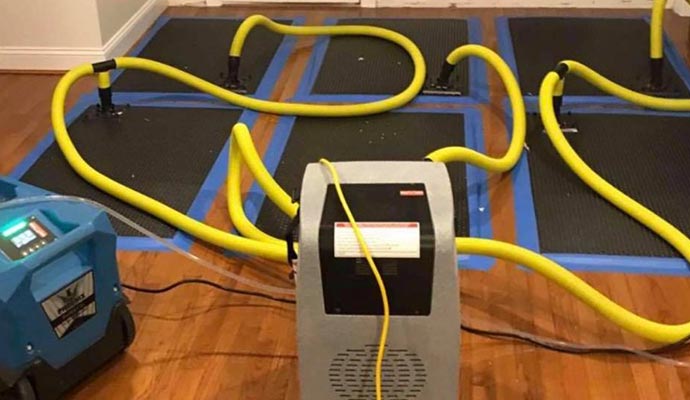
Why Choose Special Touch Restoration in Albertville, AL?
- IICRC Certified Firm
- Immediate Response Team
- Professional and Dependable Staff
- Detailed and accurate documentation throughout the entire job
- Highly trained & uniformed technicians
- Integrity & professionalism at all times
- Experience (Over 30 Years in Business)
Let Us Assist with Your Insurance Claim in Huntsville and Albertville
Don’t face the burden of water damage alone! Our expert team will help you with your insurance claim. Our professionals will handle the whole process professionally covering every policy. We will do proper documentation and then we will claim your insurance with fair pricing.
Trust Us to Restore Your Property in Albertville & Huntsville, AL
At Special Touch Restoration, we have more than 30 years of industry experience and our locally-owned-and-operated company has earned an A+ rating from BBB. We are also a Google Guaranteed Business that offers 24/7/365 emergency responses for water damage restoration, fire damage restoration, disaster restoration, or any type of commercial cleanup service that we provide. Our emergency crews will be there to help you within 60 minutes or less. We are available in Huntsville, Madison, Athens, Decatur, and other Alabama cities within our service area. To get started, call at 256-908-8484 or click here.
